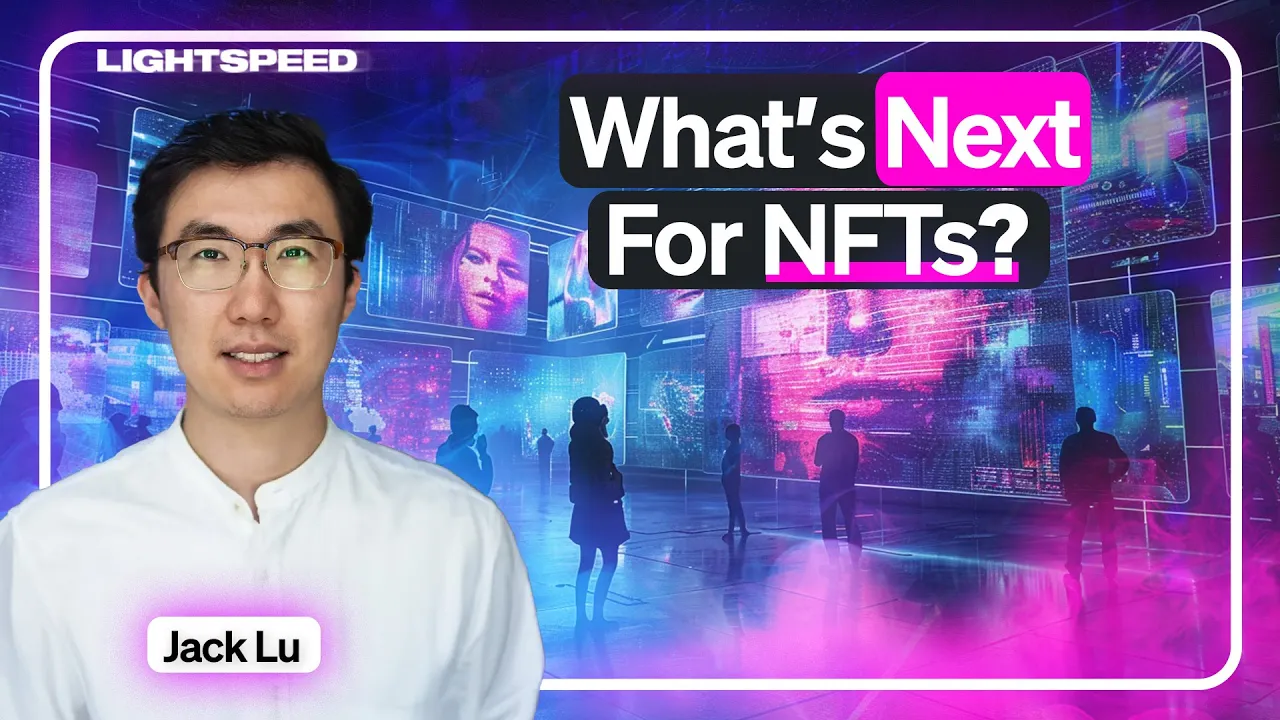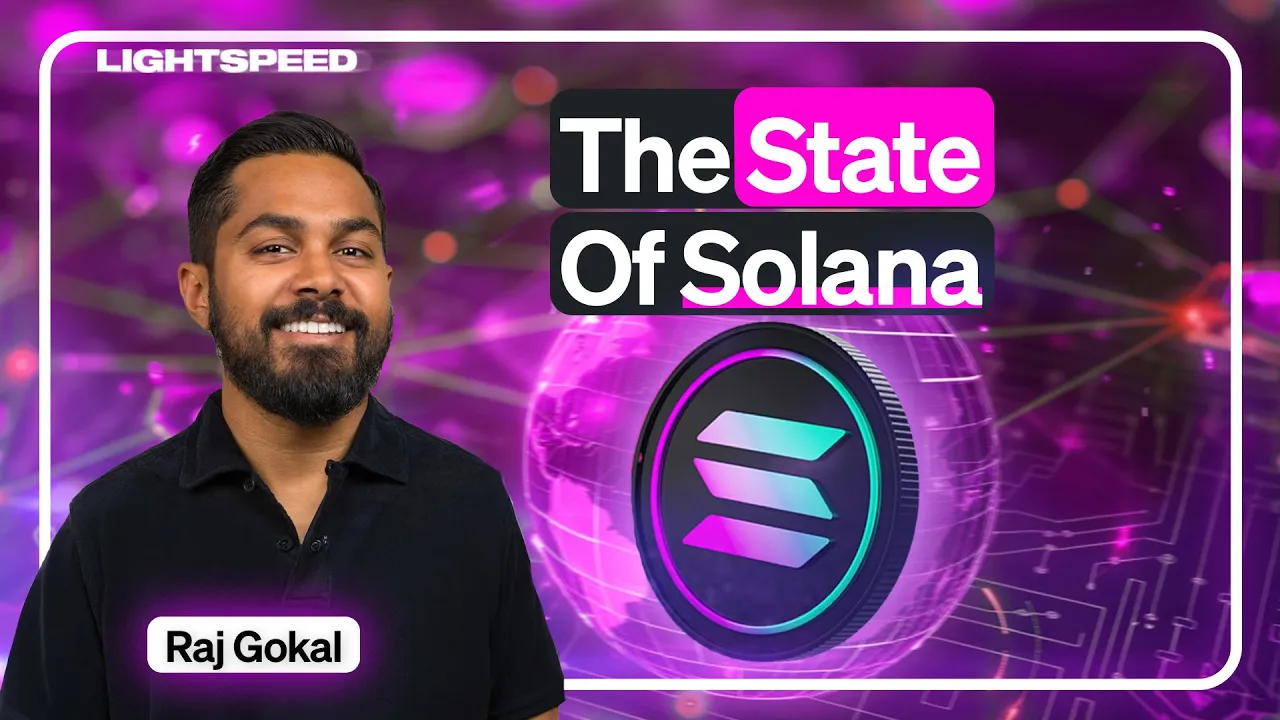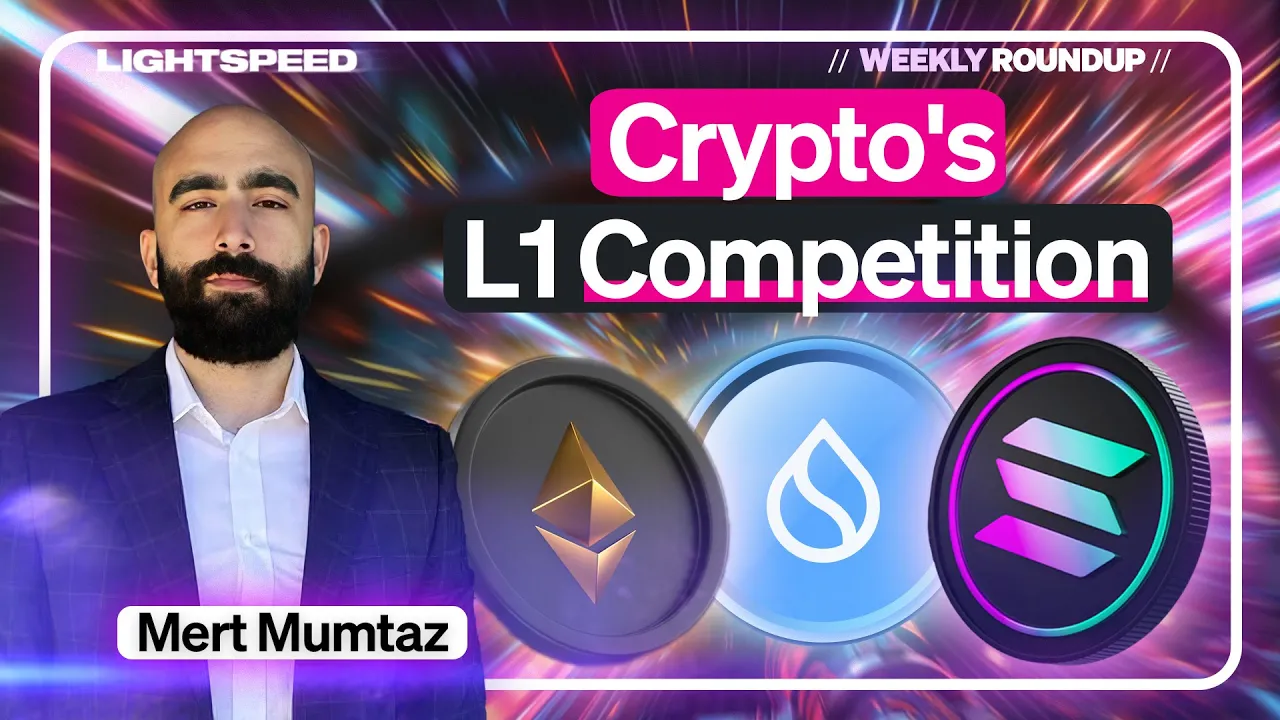Liquid Stake with compassSOL for an 9.13% APY from staking, MEV + fees
Enjoy the freedom of liquid staking in Solana Defi while delegating your stake to the high performance Solana Compass validator. Stake or unstake at any time here, or with a Jupiter swap.
Benefit from our high staking returns and over 2 years experience operating a Solana validator, and receive additional yield from priority fees + MEV tips
Earn 7.1% APY staking with Solana Compass
Help decentralize and secure the Solana network delegating your stake to us and earn an impressive 7.1% APY yield on your SOL, while supporting us to create new guides and tools. Learn more
Stake your SOL
- Click to connect your wallet
- Enter the amount you wish to stake
- Kick back and enjoy your returns
- Unstake from your wallet or our staking dashboard
Earn 7.1% APY staking with Solana Compass
Help decentralize and secure the Solana network delegating your stake to us and earn an impressive 7.1% APY yield on your SOL, while supporting us to create new guides and tools.
Solana Performance Statistics: Live TPS, Compute + Fee Tracker
Transaction Performance
Raw Transactions Per Second
Transactions per second is a measure of the raw throughput of the Solana network. It is helpful to see the health of the cluster as a whole, but doesn't tell the whole picture.
On the one hand, TPS is generally much lower than Solana's theoretical maximum, as the number of transactions submitted each second varies based on how busy the network is. On the other, the raw TPS figure is inflated by validator's own vote transactions, hence the other metrics we have included here
Votes vs Non Votes
Use this chart to see the breakdown of votes vs all other transactions on the Solana network
Success Rate
This is the percentage of transactions that succeeded for each minute in the last hour. Transactions can fail for many reasons, for example due to insufficient funds, excess slippage on swaps or other user errors.
Non Vote Transactions Per Second
Forget the validators - just how many transactions is Solana processing per second, outside of votes? This metric lets you see at a glance how many transactions Solana's end users are using.
Vote Transactions Per Second
How many votes are being processed by the Solana network per second? Since every validator votes on every slot, this figure should scale with greater number of validators and lower block times.
Program Instructions/Invokes Per Second
Instructions are the basic building blocks of Solana programs. This metric shows how many unique program instructions are being processed by the Solana network per second. A single transaction can contain multiple instructions, for example: 1. Open wSOL account, 2. Wrap SOL, 3. Create USDc Account, 4. Exchange wSOL for USDc, 5. Close wSOL account.
Blocks Per Second
How many blocks are being processed by the Solana network per second? The expected time for each block to be processed is 400ms. At times of high congestion this can rise considerably. Your staking rewards are directly affected by block times: the shorter the duration, the higher the APY you receive on your stake.
Block Time
How long does it take for a block to be processed by the Solana network? The expected time for each block to be processed is 400ms. At times of high congestion this can rise considerably. Your staking rewards are directly affected by block times: the shorter the duration, the higher the APY you receive on your stake.
Transactions Per Block (TPB)
Unlike other metrics in this set, to increase readability Transactions Per Block shows the last 750 blocks, which is roughly the last 5 minute period. Gaps in the chart represent slots skipped by validators.
Historic Performance Stats
Seen an interesting bump on the chart? Dig in using our block explorer to see the last 60 minutes's blocks
Live Fee data
Average User Priority Fees
When looking at averages a single transaction with a high fee can skew the mean fee dramatically, even if thousands of user transactions paid far less.
For an accurate comparison with other blockchains it is best to look at the median fee paid across all user transactions. Note this does not include fees from vote transactions which would unfairly lower the median.
Max User Priority Fees
What is the maximum fee users are willing to pay to have their transactions processed? This chart shows the highest and lowest fees paid by users to have their transactions processed in the last 60 minutes.
The highest fees tend to be paid to access the 'hottest' accounts - for example the trading pools with the highest volume - and are not indicative of the usual fees paid by users elsewhere on the network.
Historic Fee Data
Want to see how much is spent each day in fees, or how much SOL is burned? Check out our new Fee Tracker!
Compute Performance
Compute Units Per Second
While Transactions Per Second (TPS) has become a popular metric to measure Solana's performance, it doesn't tell the whole story.
Low TPS may mean the network is underperforming - or it simply may be a quiet time. Conversely it may be that the types of transaction - and the programs they invoke - are more demanding than average.
Looking at Compute Units helps us see how hard the validators are working, not just how fast. It also excludes votes by default - all recorded compute units come from user activity on Solana.
Success vs Failed Compute Units Per Second
Another way to look at Compute Units is to understand how much compute power was used by validators to process failed vs successful transactions.
Blockspace Usage: Percent of Max Compute Used
Each block processed by Solana has a maximum of 48,000,000 compute units available. This chart shows the percentage of that total that was used by validators to process transactions, expressed as an average for each minute of the last hour.
Epoch Performance Data
Want to see how today's performance compares to previous epochs?
Learn Podcasts, videos & events

Accelerating Crypto's Ultimate Vision With Jack Lu
Discover insights from Magic Eden's Jack Lu on the future of NFTs, the ME token launch, and strategies for mass crypto adoption in this revealing Lightspeed podcast episode.
![The Solana Ecosystem Call [December 2024]](/storage//learn/Superteam/the-solana-ecosystem-call-december-2024-zxn1ztpqvnm-.webp)
The Solana Ecosystem Call [December 2024]
Explore Solana's explosive growth in DeFi, AI integration, and meme coin impact. Learn about new projects and the future of decentralized science on Solana.

The State Of Solana In 2024 With Raj Gokal
Solana co-founder Raj Gokal discusses the network's future, US crypto regulation, attracting top talent, and advice for blockchain founders in this insightful interview.

What Can We Learn From Sui's Outage? | Weekly Roundup
Explore Solana's position in the L1 race, lessons from Sui's outage, and the future of blockchain competition in this in-depth analysis of the crypto ecosystem.
Solana Changelog - Nov 20 - Agave validator v2.0, loaded account costs
2024-11-20 ChangelogExplore Solana's latest upgrades including Agave 2.0, performance improvements, and the upcoming Web3.js v2 release. Learn about new features, compute unit costs, and ecosystem developments.
Earn Rewards Just by Golfing with GolfIN app | ep. 28
2024-11-20 MidcurveDiscover how GolfIN is transforming the golfing experience with blockchain technology, offering rewards and innovative features for golfers of all levels.
What Is Macro Telling Us? | ep. 26
2024-11-20 MidcurveExpert insights on institutional crypto adoption, macro trends, and Solana's potential from FRNT Financial's David Brickell
Why Solana & Ethereum Still Need To Compete | Weekly Roundup
2024-11-15 LightspeedExplore the latest in crypto: Ethereum's Beam Chain, Solana's resilience, Bitcoin's ATH, and regulatory challenges in this weekly roundup.
Building Solana in Dubai | ep. 25
2024-11-15 MidcurveDiscover how Superteam UAE is fostering Solana innovation in Dubai, from regulatory engagement to supporting founders and organizing pitch events.
Solana (SOL) Explained: Your Guide To The Fastest Cryptocurrency
Published on 2020-10-06
Solana is one of the fastest and most functional web-scale projects that leverage the features of programmable blockchain technology to deliver Decentralized Finance (DeFi) solutions. Read on to learn why this cryptocurrency is making waves
Welcome to the exciting world of Solana, a high-performance cryptocurrency that has been making waves in the blockchain and crypto space. In this beginner's guide, we'll explore the ins and outs of Solana, discussing its features, capabilities, and why it's considered the next big thing in crypto.
What is Solana?
Solana is a high-performance, decentralized blockchain platform designed to support a wide range of applications, including decentralized finance (DeFi), gaming, and more. Founded in 2017 by Anatoly Yakovenko, Solana boasts a unique set of features that enable it to process transactions at lightning speed, with low fees and high security.
What makes Solana special?
There are several factors that make Solana stand out from the crowd:
- High throughput: Solana can handle over 65,000 transactions per second (tps), making it one of the fastest blockchains in existence.
- Low transaction fees: Solana's fees are considerably lower compared to other major cryptocurrencies, making it an attractive option for developers and users alike.
- Scalability: Solana is designed to scale with Moore's Law, ensuring that it will continue to improve its performance as technology advances.
- Decentralization: Solana maintains a high degree of decentralization, fostering a more secure and resilient network.
Solana's High Performance Blockchain
Unlike Bitcoin and Ethereum, which rely on Proof of Work (PoW) and Proof of Stake (PoS) consensus mechanisms respectively, Solana uses a unique consensus algorithm known as Proof of History (PoH). This enables the network to achieve significantly higher throughput and lower latency, making it a more efficient and powerful blockchain platform.
Proof of History: Solana's Secret Sauce
Proof of History is a novel consensus mechanism that allows Solana to process transactions with unparalleled speed and efficiency. PoH works by creating a historical record of events on the blockchain, which serves as a verifiable timestamp for each transaction. This enables Solana to process transactions in parallel, greatly increasing the network's overall throughput.
Why Solana is the next big thing?
Solana's high-performance blockchain, combined with its low fees and growing ecosystem, make it a strong contender for the title of "next big thing" in the crypto world. As more developers and users discover the benefits of Solana, its adoption is likely to grow rapidly, further solidifying its position as a leading cryptocurrency. Here are some key reasons why Solana has the potential to revolutionize the crypto space:
- Support for DeFi and Web 3.0 applications: Solana's high-speed blockchain is ideal for hosting decentralized finance applications and other Web 3.0 services, which require fast and cheap transactions.
- Mass adoption potential: Solana's low fees and high throughput make it an attractive option for both developers and end-users, paving the way for widespread adoption.
- Strong development community: Solana has a vibrant and rapidly-growing community of developers, which contributes to the continuous improvement and expansion of the platform.
Is Solana a good investment?
While it's impossible to predict the future performance of any cryptocurrency, Solana's strong fundamentals and potential for growth make it a compelling investment option for those interested in blockchain technology. However, like any investment, there are risks involved, and it's important to conduct thorough research and consider factors such as market volatility and regulatory developments before making any investment decisions.
How to Get Started with Solana
If you're interested in getting started with Solana, follow these simple steps:
- Research Solana: Begin by learning more about Solana, its features, and its potential use cases.
- Acquire SOL tokens: Purchase SOL tokens from a reputable exchange, such as Binance, Coinbase, or Kraken.
- Store your SOL tokens: Transfer your SOL tokens to a secure wallet, like Sollet, Phantom, or Ledger, to ensure their safekeeping.
- Get involved in the community: Join Solana's various social media channels, such as Twitter, Discord, and Telegram, to stay updated on the latest news, developments, and opportunities.
Why is Solana the fastest cryptocurrency?
Solana's impressive speed can be attributed to a combination of its unique consensus mechanism, Proof of History (PoH), and its innovative architecture. PoH allows Solana to process transactions more efficiently by creating a verifiable timestamp for each transaction. This enables the network to process transactions in parallel, significantly increasing its throughput. Additionally, Solana uses a variety of optimization techniques, such as:
- TurboVote: A feature that allows validators to vote on the state of the network more quickly, reducing confirmation times.
- Gulf Stream: A protocol that enables validators to receive transaction data ahead of time, reducing the time it takes to propagate transactions across the network.
- Sealevel: A parallel smart contracts runtime that allows multiple smart contract transactions to be executed simultaneously, further increasing the network's processing capacity.
These innovations, combined with Solana's high-performance blockchain, make it one of the fastest cryptocurrencies in the market.
How decentralized is Solana?
Solana is committed to maintaining a high level of decentralization in its network. With over 3,000 full nodes distributed across more than 100 countries, Solana ranks second only to Ethereum in terms of decentralization. This widespread distribution of nodes contributes to the network's resilience and security, as it becomes more difficult for any single entity to gain control or manipulate the network. The Solana Foundation actively encourages community members to run nodes, further promoting decentralization.
Is Solana deflationary?
While Solana is not inherently deflationary, certain mechanisms within the network can lead to a deflationary effect. For example, transaction fees paid in SOL are burned, permanently removing these tokens from circulation. This reduces the total supply of SOL tokens, creating a deflationary pressure.
Furthermore, Solana's token supply is subject to a decreasing inflation rate. This means that, over time, the rate at which new SOL tokens are minted decreases, gradually reducing the overall inflation of the token supply. As the network matures and the token supply approaches its maximum cap, these deflationary pressures can potentially lead to an increase in the value of SOL tokens.
Why is a low rate of inflation a positive for a currency?
A low level of inflation can be beneficial for a cryptocurrency for several reasons, as opposed to one that is completely deflationary:
-
Incentivizing network security: Inflation serves as a means to reward validators or miners for securing the network. Without inflation, there would be less incentive for them to maintain the network's security, which could make it more vulnerable to attacks or manipulation.
-
Encouraging spending and adoption: A completely deflationary cryptocurrency might encourage users to hoard their assets in anticipation of their value increasing over time. This can hinder the circulation and adoption of the currency as a medium of exchange. A low level of inflation helps strike a balance between preserving value and encouraging users to spend and transact with the cryptocurrency.
-
Mitigating potential loss of coins: Cryptocurrencies are prone to loss due to lost private keys, forgotten passwords, and other issues. A low level of inflation can help compensate for these losses, maintaining a steady supply of tokens in circulation and ensuring the network remains functional.
-
Promoting long-term stability: A low inflation rate can contribute to the long-term stability of a cryptocurrency by providing a predictable and manageable increase in supply. This can help protect the network from extreme price fluctuations and maintain a more stable economic environment.
-
Reducing wealth concentration: Inflation can help prevent extreme wealth concentration by gradually diluting the holdings of early adopters and large token holders. This can contribute to a more equitable distribution of tokens and foster a more inclusive and decentralized ecosystem.
In summary, a low level of inflation can benefit a cryptocurrency by providing incentives for network security, encouraging spending and adoption, compensating for potential coin losses, promoting long-term stability, and reducing wealth concentration. While completely deflationary cryptocurrencies can have some advantages, a low inflation rate offers a balanced approach that addresses some of the challenges and limitations of a purely deflationary system.
Contents
- What is Solana?
- What makes Solana special?
- Solana's High Performance Blockchain
- Proof of History: Solana's Secret Sauce
- Why Solana is the next big thing?
- Is Solana a good investment?
- How to Get Started with Solana
- Why is Solana the fastest cryptocurrency?
- How decentralized is Solana?
- Is Solana deflationary?
- Why is a low rate of inflation a positive for a currency?